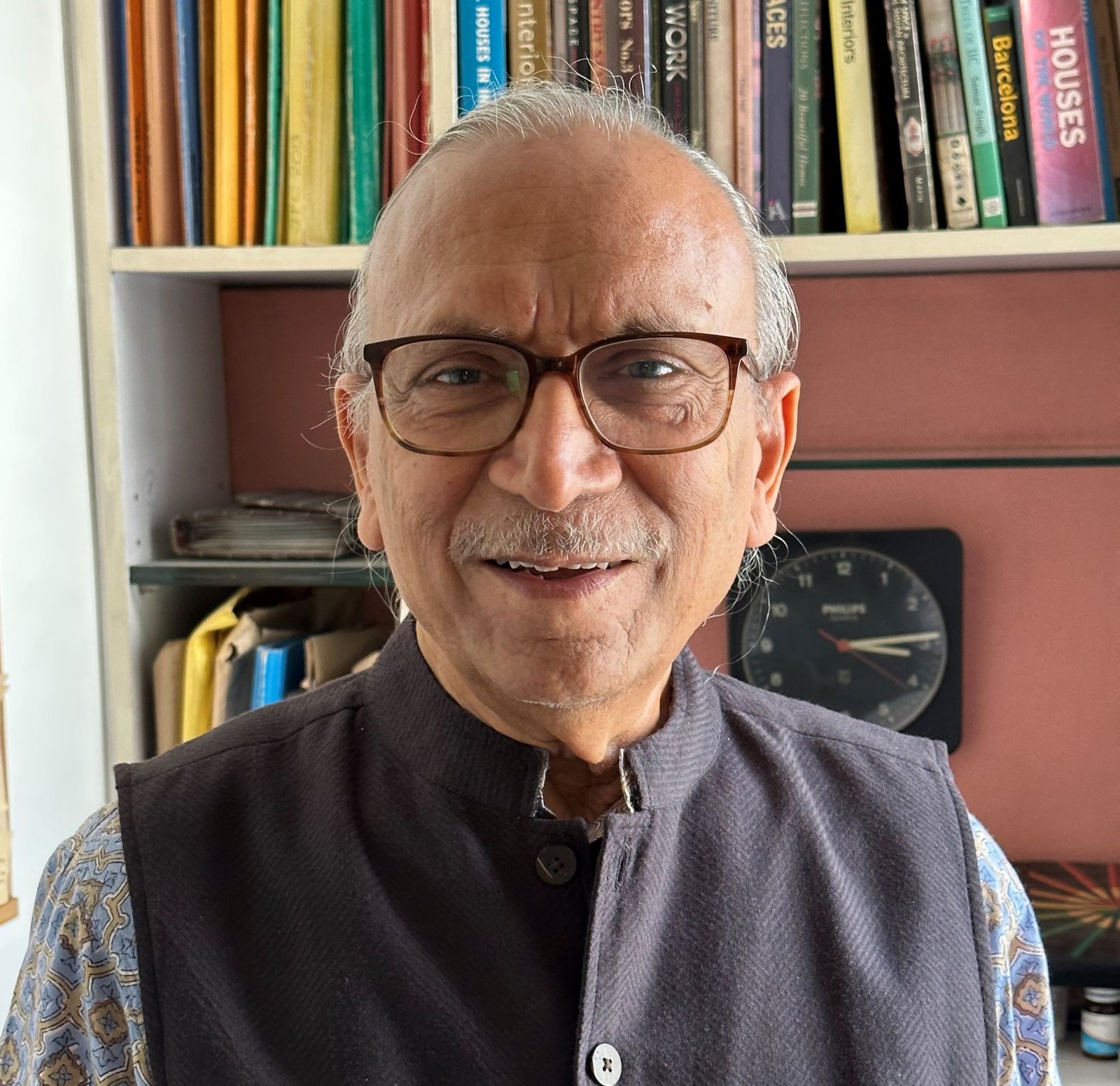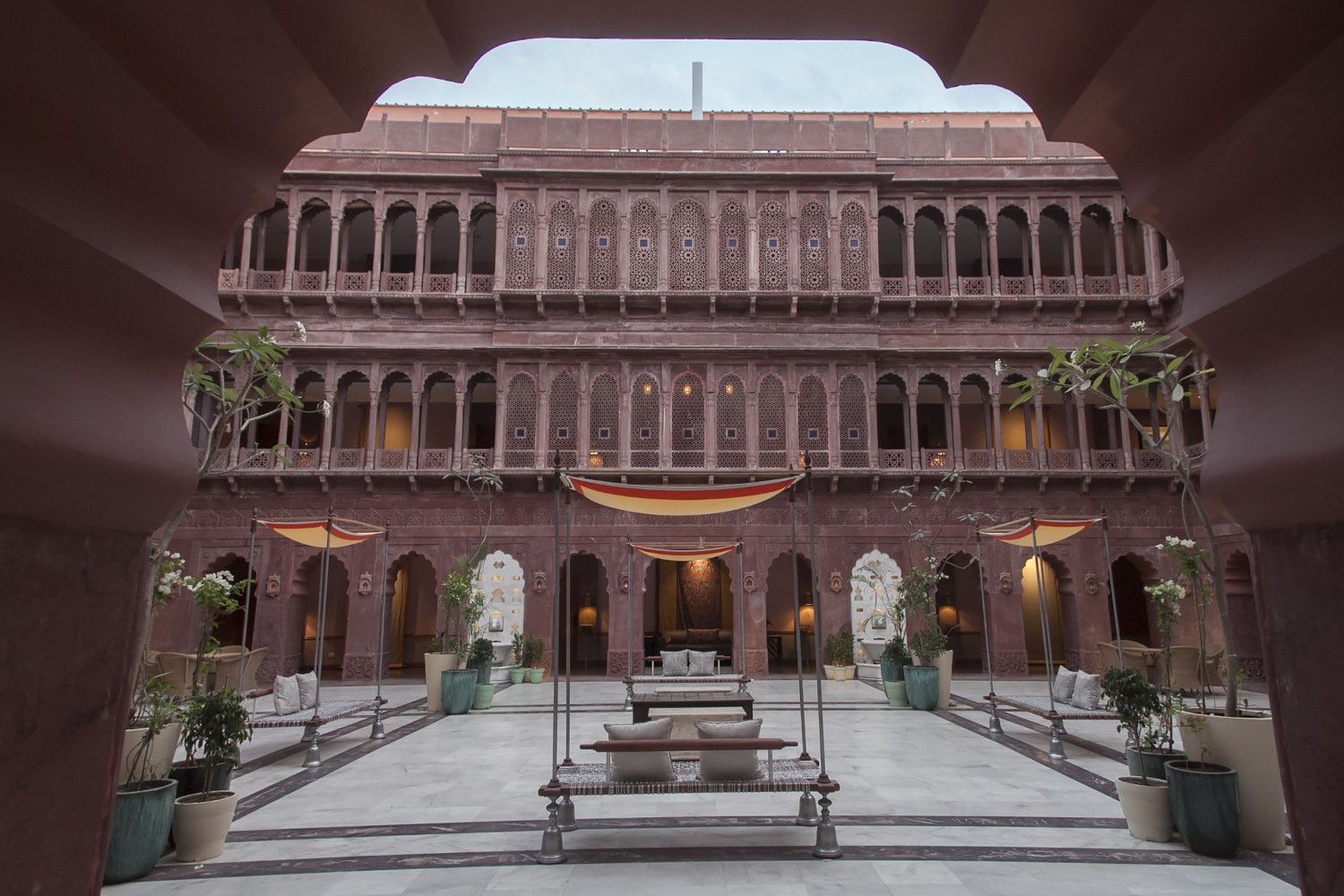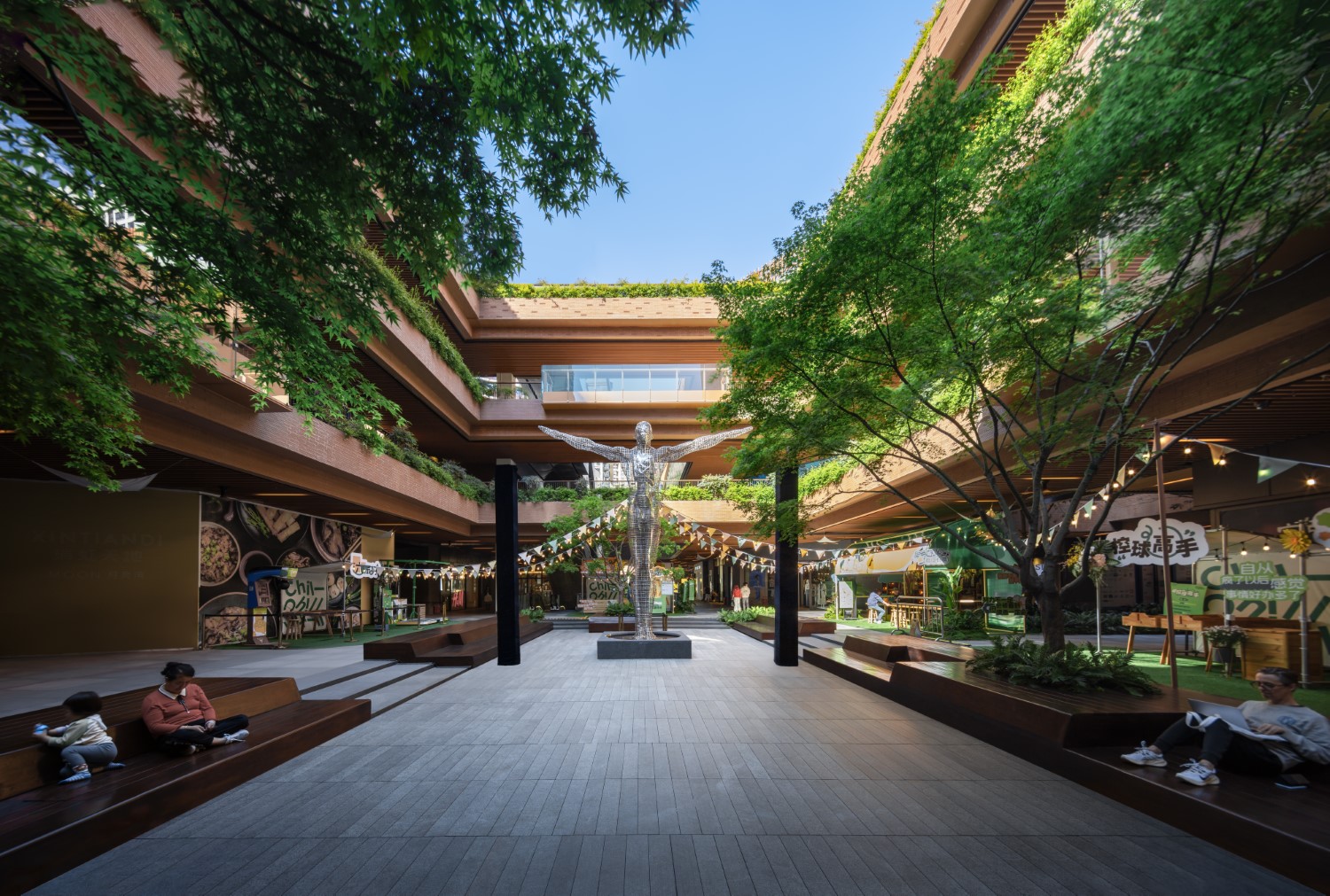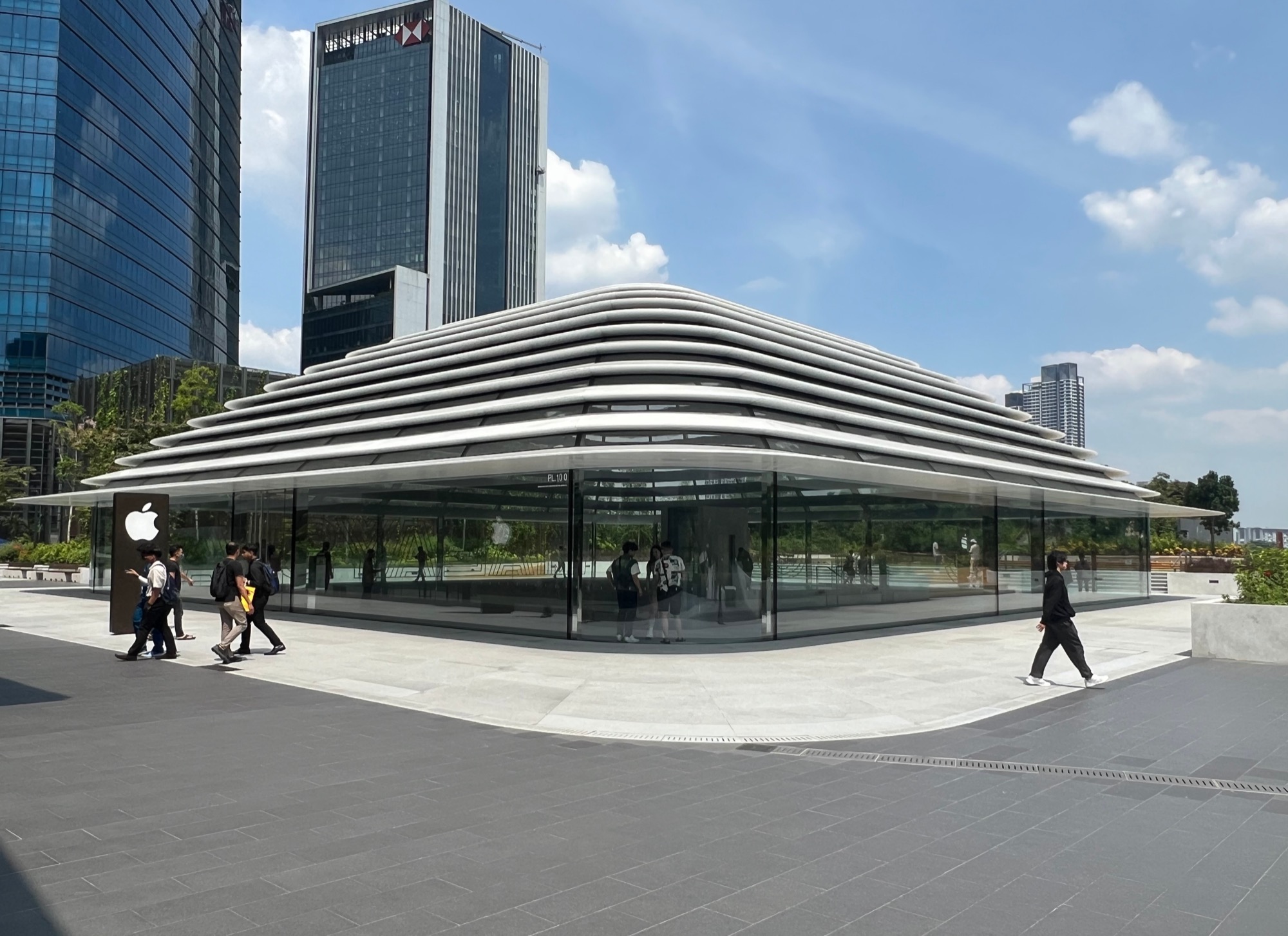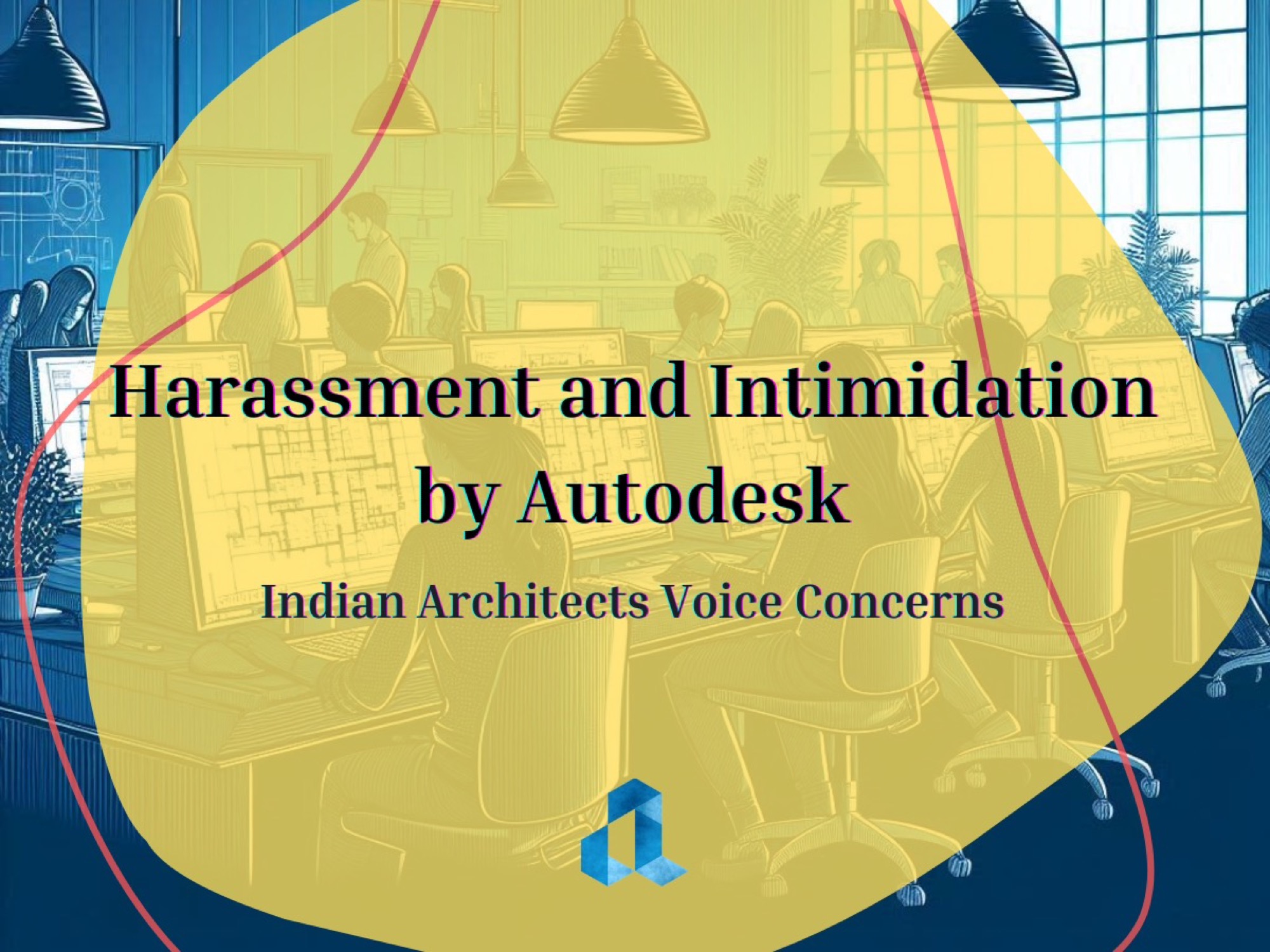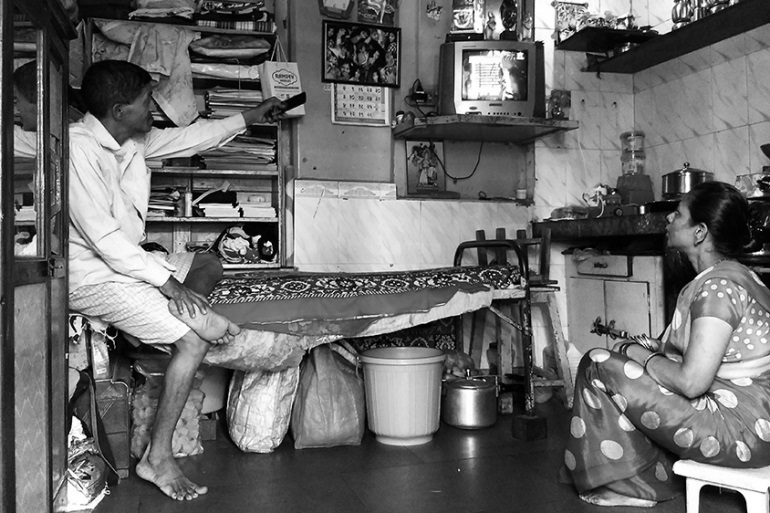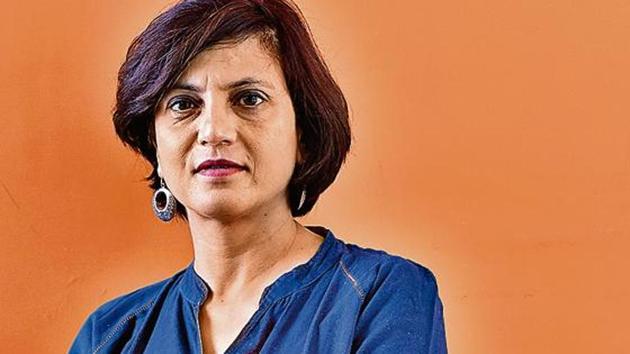About The Author

Associate Prof Asif R Khan – will be taking over as Head of Department – Al Salama Institute of Architecture, PERINTHALMANNA, Malappuram, Kerala.
Architecture mirrors the aspirations and achievements of a society. Every Society is continuously changing. Culture and traditions impart continuity to changing society (1).
 |
| Fig. 1 Vadakkunnathan Temple @ Thekkinkadu Maiden (Thrissur) |
In a broad framework, the civic architectural identity of a locale/part of a city could often be referred to as the biography of its people – a collective identity, which has evolved with time through profound behavioural and materialistic convergence. Resulting in an identifiable whole depicted through the built environment and its occupants. This experiential legibility cycle of reality/perception could be easily deciphered in Thrissur one of the most populous urban agglomerations of Kerala State, India.
 |
| Fig. 2 City Center Mall – Contemporary Outlook (Thrissur) |
 |
| Fig. 3 The Cycle of Universal Correlation (2) |
| Fig. 4 Swaraj Round – Street Perspective – Transition in Built Morphology with Time |
The things that we human beings build or evolve are the result of our endeavours in two directions; on the one end, we proclaim the accomplishment of a purpose – a built environment to accommodate certain activities and on the other to nurture an expression that could communicate desired response based on the context (3).
 |
| Fig. 5 Brahmaswam Madham – Traditional Vedic Study Center (Thrissur) |
 |
| Mattancherry Artistic Impression |

